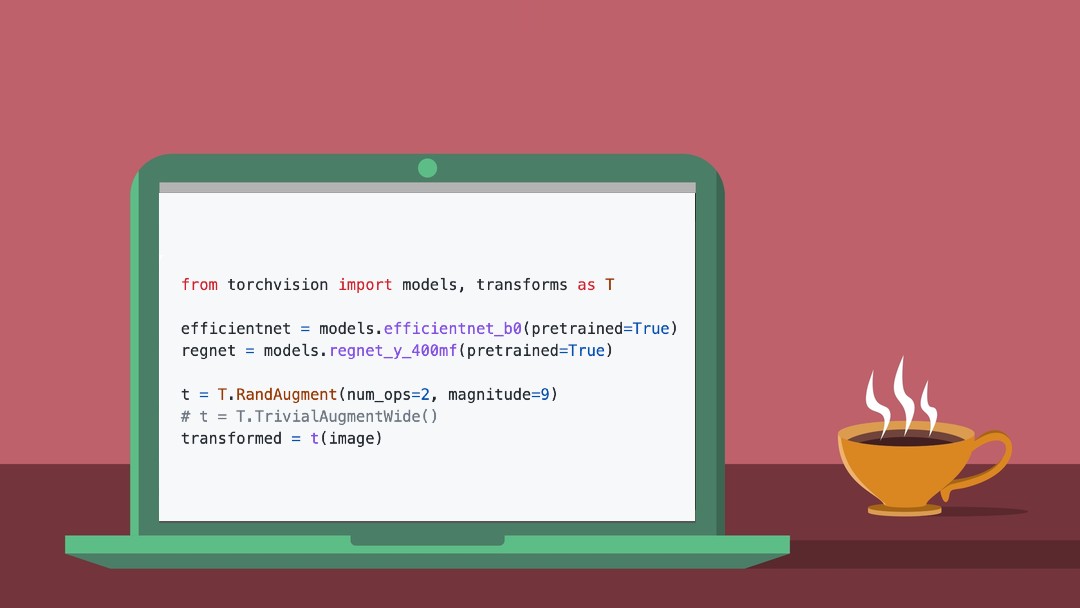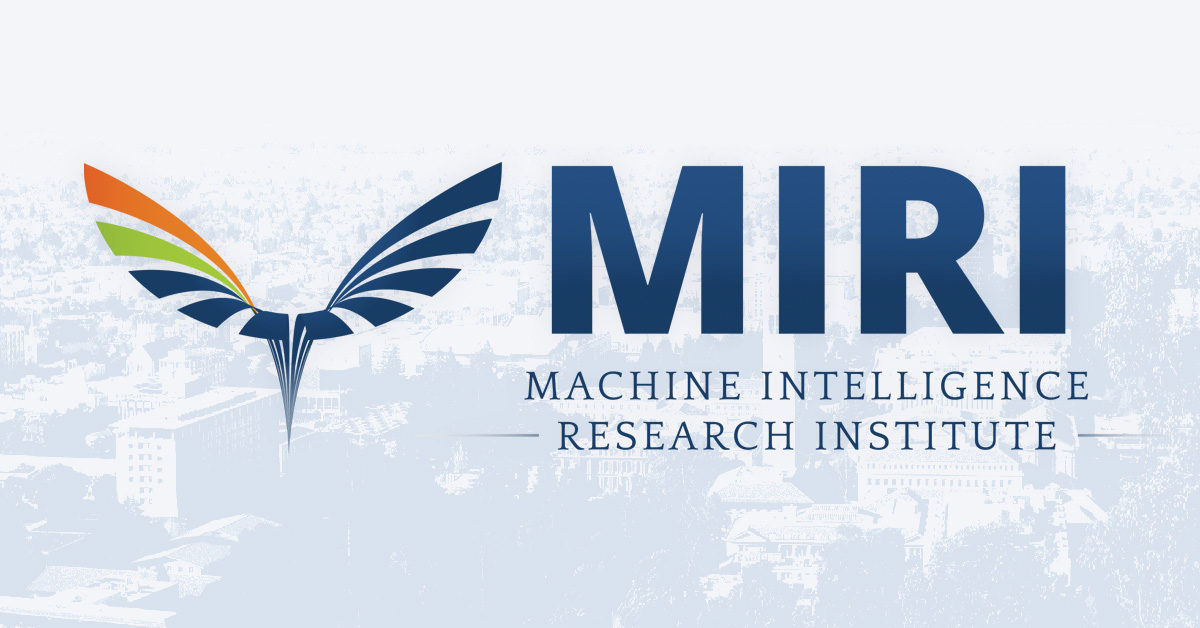It’s Time to Pass the AI Baton From Software to Hardware
It’s unlikely that we’re going to encounter any technology more consequential and important than AI in our lifetimes. The presence of artificial intelligence has already altered the human experience and how technology can reshape our lives, and its trajectory of impact is only getting wider. With that in mind, AI innovators and leaders have spent […] The post It’s Time to Pass the AI Baton From Software to Hardware appeared first on Unite.AI.


It’s unlikely that we’re going to encounter any technology more consequential and important than AI in our lifetimes. The presence of artificial intelligence has already altered the human experience and how technology can reshape our lives, and its trajectory of impact is only getting wider.
With that in mind, AI innovators and leaders have spent the past quarter of a century aggregating data and advancing the models to attain the software that powers generative AI. AI represents the peak of software: An amorphous tool that can reproduce tools to solve problems across abstraction layers. Companies building compute empires or those acquiring LLMs to bolster their software offering are now common sights.
So, where do we go from here?
Even with limitless compute, the collection of deductions using all existing data will asymptotically approach the existing body of human knowledge. Just as humans need to experiment with the external world, the next frontier in AI lies in having the technology interact meaningfully with the physical realm to generate novel data and push the boundaries of knowledge.
Interaction through experimentation
Exploring AI’s potential requires transcending its usage on personal computers or smartphones. Yes, these tools are likely to remain the easiest access points for AI technology, but it does put a limit on what the technology can achieve.
Although the execution left much to be desired, the Ray-Ban Smart Sunglasses powered by Meta’s AI system demonstrated a proof of concept in wearables infused with AI technology. These examples of hardware-first integrations are critical to building the familiarity and usability of AI outside of a device setting because they illustrate how to make these grand technological advancements seamless.
Not every experiment with AI in the real world is going to be a success, that’s precisely why they’re experiments. However, demonstrating the potential of hardware-first AI applications broadens the spectrum of how this technology can be both useful and applicable outside of the “personal assistant” box it’s put in now.
Ultimately, companies showcasing how to make AI practical and legitimate will be the ones to generate experimental data points that you simply cannot get from web applications. Of course, all of this requires compute and infrastructure to properly function, which necessitates a greater influx of investment in building out AI’s physical infrastructure.
But are AI companies ready and willing to do that?
The hardware and software dialogue
It’s easy to say that computationally intense AI applications in physical products will become the norm eventually, but making it a reality demands much more rigor. There’s only so much resources and will available to go down the road less traveled.
What we’re seeing today is a form of short-term AI overexuberance, mirroring the typical market reaction to disruptive technologies poised to create new industries. So, it’s clear why there may be hesitancy from companies building AI software or dabbling in it to embark on costly and computationally intense hardware outings.
But anyone with a wider outlook can see why this might be a myopic approach to innovation.
Unsurprisingly, there are plenty of comparisons made between the AI boom and the early internet’s dot-com bubble, where projects focused on short-term goals did die off once it burst. But if we were to collectively write off the internet because of the dot-com bubble’s aftermath instead of refocusing on the long-term ideas that have survived long past it, we would be nowhere near the technological landscape we’re in today. Great ideas outlast any trend.
Additionally, compute is the linchpin for any AI innovation to keep progressing. And as any AI developer will tell you—compute is worth its weight in gold. However, that also puts a limit on how many projects can feasibly afford to explore real-world AI applications when model development alone already eats up resources. But no company can maintain market dominance on software alone—no matter how impressive their LLM is.
It’s comfortable for AI companies to lead with software and wait patiently for a hardware provider to swoop in and acquire or license its technology. Not only is this severely limiting, it leaves many incredible projects at the mercy of outsiders who may never come knocking.
AI is a multi-generational technology that will only become more customized and designed for individuals as time progresses. However, it's up to projects to take advantage of a mostly-even playing field software-wise to take real strides into the physical realm. Without bold experimentation, and even failure, there will be no path forward for AI technology to realize its full potential in improving the human experience.
The post It’s Time to Pass the AI Baton From Software to Hardware appeared first on Unite.AI.
What's Your Reaction?








































